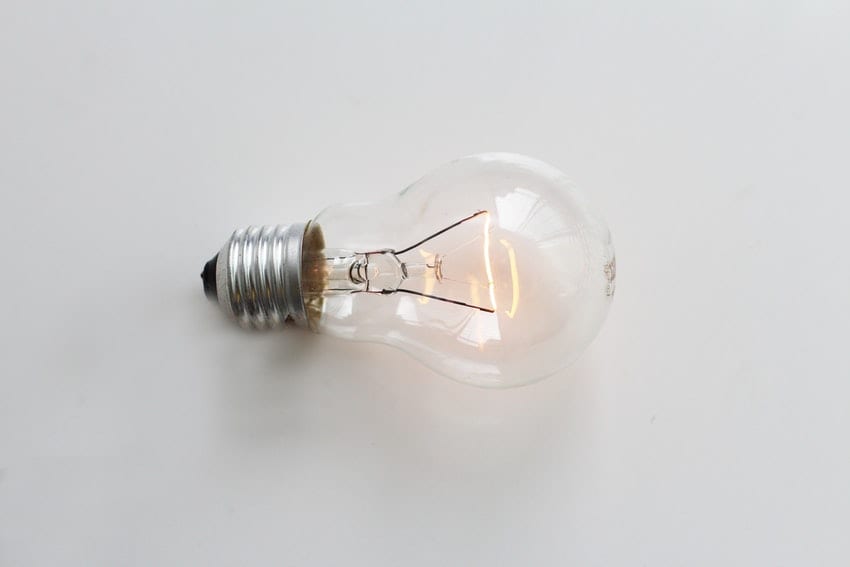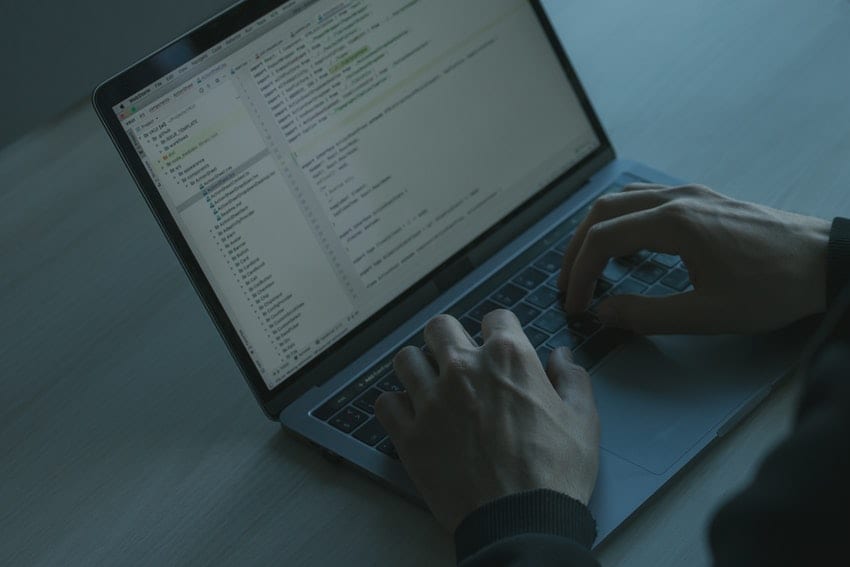The innovations rule the world, Deloitte observers report that the transition towards cleaner energy and greater sustainability is unstoppable for energy and industrial companies.
Nevertheless, it’s not always easy to switch the huge traditional industrial facilities into eco-friendly ones in one day.

Becoming a green firm is an expensive move that requires consensus among several strategic partners. You should pay a lot forward to become eco-friendly one day.
In the given circumstances, energy consumption control tactics create a necessary compromise between these two extremums. In these systems, the ecological concerns meet the need for economic management halfway.
In business terms, energy management systems are a sustainable and innovative decision for better cost allocation in the industrial sector.
At the same time, it’s hard to get its exact appearance technically, which creates concerns in the industry representatives to start ordering this software type.
We’re here to fill this gap. This overview will explain in detail what this technology is, which benefits it possesses, and how to implement it accurately.
What is an Energy Management System?
Being the software type, EMS (energy management system) optimizes the energy supply for grid operators in small enterprises, middle power companies, and industrial firms alike.
Simply put, it tracks, manages, and improves the present energy performance in a plant, including spotting overconsumption and leak detection.
Normally, the toolkit of this technology type includes SCADA and ADMS digital systems, along with advanced sensors for monitoring.
The highest aim of an energy management system is consumption optimization. In essence, it enables getting maximum energy for the lowest price possible. This is possible with automated analytics, based on the timeline analysis, of the prediction periods of peak power consumptions.

Among the primary factors, energy management systems consider the amount of energy that can be switched on and off and the general availability and usability of the device.
Also, the technology registers lock time and release times of the devices, minimum and maximum switching times, switching rates, and switching priorities.
In the real-life ETAP EMS package example, it collects real-life data on frequency, actual generation, tie-line load flows, and plant unit’s controller status for system changes.
Altogether, these factors form the set of conditions relevant for making predictions and performing optimization of energy consumption.
What is a Home Energy Management System?
In households, energy optimization solutions can take many appearances. In some cases, this is a smart home’s electrical board or an interface that serves as a centralized hub for showing the energy consumption at the given moment.
Alternatively, it’s sophisticated software that takes on itself detecting the energy consumption by the devices, the time it takes to work, and the trends and insights are drawn.
In any case, this technology optimizes the energy supply by showing you how to consume as much as needed for a minimum price.
What Are Building Energy Management Systems?
Also empowered by the technologies from the Internet of Things world, this software type enhances the traditional building system by creating the solution that tracks all three main facets, water, air, and energy, simultaneously.
It’s different from the more common building automation system (BAS) with its set of computer systems to automate the operations to a certain extent. It’s not simply scheduling lights and heat to turn on and off.
The Building Energy Management System is the set of IoT devices to control all the systems in the facility, including the ready-to-use recommendations on cost optimization in energy consumption.
Possible Insights You Can Get From an Energy Management System
- Total energy consumption in your electrical network. You’ll see which systems are operational and occasional and get the real picture of how all of them contribute to your daily electrical consumption.
- Behavior patterns. The software tracks activity levels and comfort preferences to increase the well-being of each person specifically and accurately, without the need to spend more than needed.
- Usage patterns. Energy management system software generates data that can be powerful and illustrative enough to impact the current usage patterns towards greater sustainability.
- High-priced time period detection. Smart devices can warn you about the period when energy prices are higher than usual. This way, you can prepare and adjust your usage patterns in advance.
- Forecasts that take into account seasonality. IoT-based analytics can detect seasonal factors and draw recommendations based on their current and future impact.
- Weather impact. The energy management system considers weather as a possible risk or benefit factor for your building or plant.
5 Most Common Examples of Energy Management Systems:
- Solar panels. One of the most popular trends for sustainability significantly contributes to energy consumption optimization.
- Battery storage. Commonly used technology to minimize energy loss.
- Solar thermal. The smart device uses solar energy to heat and maintain the warmth of the water.
- Smart plug. The device that contributes to the optimization of energy consumption with scheduling switch on and switch off regimes.
- Smart hub. The set of Internet of Things devices that create a smart connected house with all the systems controlled.
8 Key Energy Management System Benefits
- Energy waste optimization. With the help of energy management, you can prevent overconsumption and cover the loss of the wasted energy generated.
- Cost reduction. With the technology, you can manage the expenses on heating, cooling, lighting, and water supply. Surely, you can spend these free funds on the more critical business areas instead.
- Better ROI. The specific financial indicator the innovation improves the most, thanks to waste management and leak prevention.
- IoT-based analytics. You can better understand the detailed picture of your energy consumption with the data collected by the smart devices all around the building.
- Internal control improvement. An unobvious contribution of energy management is improving the well-being of in-house workers, thanks to lighting and temperature control.
- Easy access. All the energy-related information is visible in an easy-to-use interface for further reporting and making predictions.
- Better branding. The innovative energy management solutions contribute to creating an eco-friendly public image for your business.
- Greater sustainability. One of the greatest contributions of energy management systems of any type is minimizing carbon emissions, which turns this technology into a green yet economically efficient option for the industrial business.
How Does Software Development Outsourcing Can Help Your Company Create a Custom EMS
Outsourcing any type of energy management system is the best decision you can make. Why so?
Among all, most of the companies worldwide had to adopt remote working models due to the global lockdown in 2020.
In the given circumstances, the greatest concern of the industry business owners that it’s not possible to deliver tasks of high quality by not working with the client in-house is no longer valid.
In the new reality, outsourcing firms have a competitive advantage of an established ecosystem for delivering the top results. There are still some risks, though.
For getting the most from your collaboration, you should establish transparent management control, analyze all the hidden costs, and improve your organizational learning. Get more insights on the risk mitigation of outsourcing in our recent post.
Moreover, most outsourcing companies are specialized in personalized software solutions. This means that you can get the technology with the set of features specifically needed for your industrial firm.
Working with numerous clients worldwide, outsourcing firms have vast experience and an impressive portfolio to create a high-quality digital solution for you. At the same time, your outsourcing vendor should possess evident expertise in your particular industry.
From your side, you can articulate your needs in the project discussion stage and check the quality of the result with the criteria elaborated.
What’s more, the custom EMS possesses the greatest value-for-money. At the same time, you should consider the geography and expertise of your outsourced employees before hiring them.
Here is the set of possible KPIs you can use that relevant for energy management software:
- Cooling system efficiency
- System leakages
- Electromagnetic flowmeter
- Thermal flow meter (for gas measurement)
- Real power compensation
- System and phase load
- Electrical transmitter
- Boiler efficiency (for steam flow management)
Checklist to Implementing Energy Management Services (Make Sure Your Provider Understands this Sequence):
- Create the data set and use it for further analysis. Remember: the software cannot work properly if you haven’t collected the set of historical data for the data points in advance. The calculation is simply not possible.
- Identify the exact areas for optimization. They can be spotted in equipment schedules, setpoints, and flow rates.
- Calculate each energy unit saved and turn them into data that increases ROI.
- Make the necessary actions on implementing energy optimization solutions to save more.
- Repeat optimization steps to achieve the maximum result energy management system can offer in your case.
Get the Professional Help on Building Energy Management Systems
If you’re searching for energy management software, we’ll be glad to help! Our software development services stick to the principles of correct installation, accuracy, and KPI monitoring.
This way, you can be sure to make the decision that will visibly and effectively solve the current problems in your energy consumption.
We can provide energy management solutions to big businesses and individual customers alike. Talk to our experts to get assistance and more details on the cost-effective yet sustainable energy management services you can get from us.


